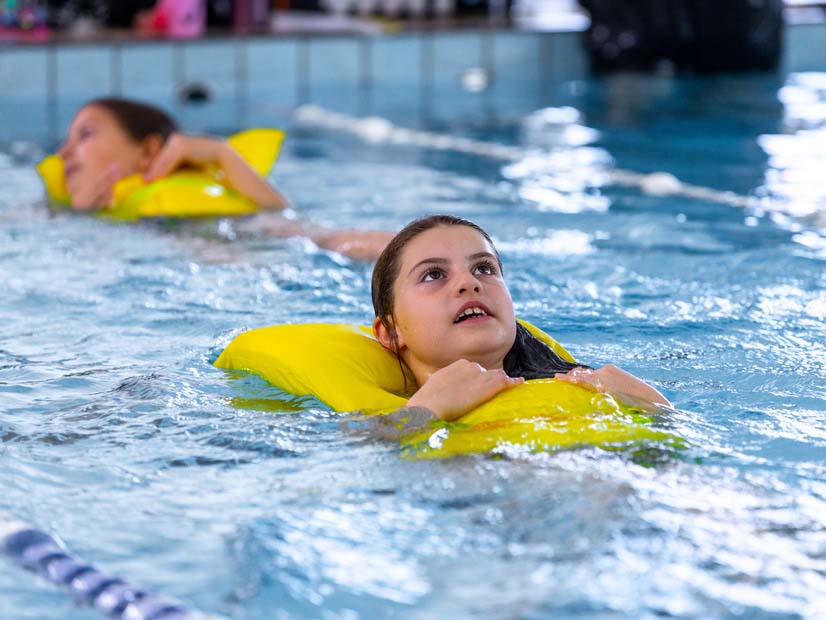Water safety is a vital skill for all Australians.
At Kingswim, our learn to swim lessons teach important water safety and survival skills. But learning about water safety isn't limited to the pool.
We also visit schools, early learning centres and kindergartens to deliver water safety programs. Plus, we've got a range of activities and resources for kids and parents to learn about water safety at home.
What is water safety?
Water safety refers to all the different ways we can be safer around water, whether that’s at the beach, by a river or lake, or at the pool.
At Kingswim, our water safety program focuses on five basic (but potentially life-saving) water safety rules:
- Be sun smart
- Never swim alone
- Check for dangers
- Conduct a safe rescue
- Remember to shut the pool gate
Understanding water safety rules like these is important so that we can protect ourselves and others. The earlier children learn about water safety, the better equipped they’ll be to enjoy the water safely.

-
Why is water safety important?
Water safety is important for one simple reason: it can potentially save lives. It’s a tragic fact that each year in Australia there are deaths caused by drowning, with young children most at risk. Learning about water safety significantly reduces this risk and can help to prevent drownings.
Luckily, we’re never too young (or old) to learn basic water safety skills and rules that can help keep us safer. When we’re equipped with water safety knowledge and swimming skills, we can look after ourselves and others whenever we’re in or around water.
-
What are some water safety rules?
Staying safe in and around water is something we can all do, no matter our age or swimming ability. These simple rules can help prevent accidents and save lives:
- Never swim alone – Always have someone with you, and children should always be supervised by an adult
- Supervise children closely – Keep toddlers within arm’s reach at all times
- Check your surroundings – Observe the environment for any potential hazards or warning signs
- Know the weather and water conditions – Pay attention to local warnings, tides, and windy conditions before entering the water
- Know your limits – Swim within your ability, and never push yourself beyond what feels safe
- Be sun smart – Protect your skin with sunscreen, wear a hat and shirt, and seek shade when needed
- Swim between the red and yellow flags – These areas are patrolled by lifeguards and marked as the safest places to swim at the beach
- Avoid alcohol – Adults should avoid drinking when spending time around water
- Learn rescue skills and how to signal for help – If someone’s in trouble, act quickly and use tools like a long stick to keep yourself safe
- Enter and exit the water safely – Be cautious when getting in or out of the pool, ocean, or any body of water
- Always shut the pool gate – Secure the area to prevent unsupervised access to the pool
